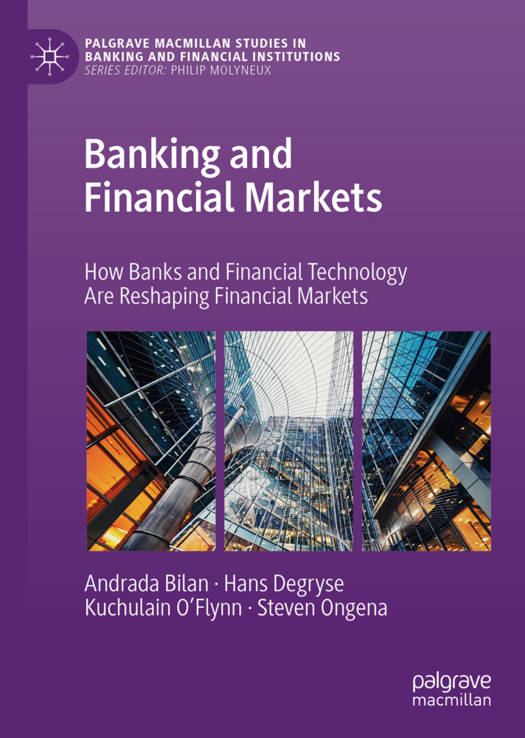
- Retrait gratuit dans votre magasin Club
- 7.000.000 titres dans notre catalogue
- Payer en toute sécurité
- Toujours un magasin près de chez vous
- Retrait gratuit dans votre magasin Club
- 7.000.0000 titres dans notre catalogue
- Payer en toute sécurité
- Toujours un magasin près de chez vous
Banking and Financial Markets
How Banks and Financial Technology Are Reshaping Financial Markets
Andrada Bilan, Hans Degryse, Kuchulain O'Flynn, Steven Ongena
126,95 €
+ 253 points
Format
Description
Studies the interaction between traditional and modern banking and the economic benefits and costs of this new financial ecosystemRelies and analyzes the most recent empirical research in banking and finance
Explores the boundaries of the current banking research, what methods were used to get to these boundaries, and what challenges lay ahead in extending them
Explores the boundaries of the current banking research, what methods were used to get to these boundaries, and what challenges lay ahead in extending them
Spécifications
Parties prenantes
- Auteur(s) :
- Editeur:
Contenu
- Nombre de pages :
- 221
- Langue:
- Anglais
- Collection :
Caractéristiques
- EAN:
- 9783030268435
- Date de parution :
- 27-11-19
- Format:
- Livre relié
- Format numérique:
- Genaaid
- Dimensions :
- 148 mm x 210 mm
- Poids :
- 535 g

Les avis
Nous publions uniquement les avis qui respectent les conditions requises. Consultez nos conditions pour les avis.






